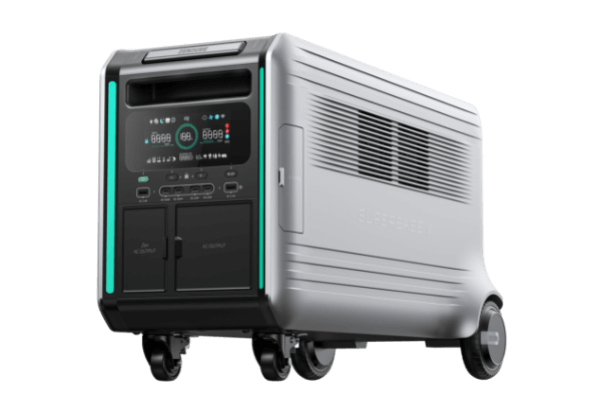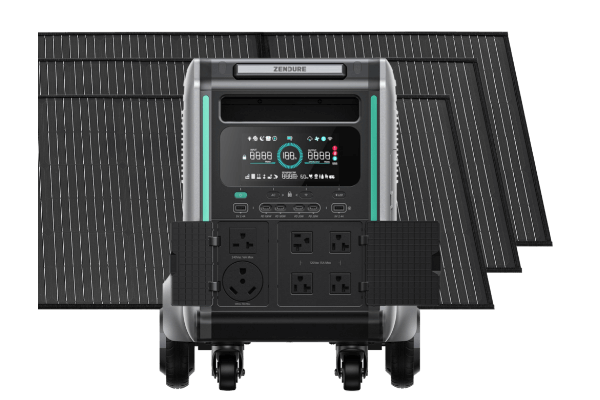How to Choose a Versatile Hub for MacBook

We all want our devices to be slimmer and lighter, no matter what it is. Apple seems to be good at meeting our needs by doing addition through subtraction. When the new MacBook came with only one single port, we were all pleased by its beautiful slim body, ignoring that ports are missing. These ports are now separated and exist in some other forms like a Hub!
What is Hub and Why You Need it?
Put it simply, a hub is just like a power strip that we usually use in our home which can be plugged into a power outlet and split powers to different electronical devices at the same time. It is uncommon that you may have so many gadgets that need ports to transfer or sync data from your MacBook. But with only one Type-C port on your MacBook, you definitely need a hub to make those happen.
Although the Type-C port is powerful and convenient enough to both transfer data and charge, most of us have managed to acquire a lot of USB based devices such as mouse, charging and syncing cables for iPad, iPhone and e-book reader. So a hub is needed when you have a MacBook.

How to Choose a Hub for Your MacBook?
Picking gadgets is not easy when there are hundreds and thousands options in front of you, especially choosing a gadget for something precious and expensive like your MacBook. How to choose a hub for your MacBook? Here come some vital factors you need to consider.
- Safety
When jumping into the market, the case usually turns to that there are so many options on the shelf with various prices labeled. Some of them look the same but present large price gap, which is confusing. In this case, the internal construction matters more than its external appearance. We believe that quality costs more, so it is suggested that you should spend the extra more money to avoid the possible safety problem like fires and explosions.
- Number and type of ports
Many hubs come with a lot of ports. Generally, the more ports it packs, the heavier and bigger it will be. However, if portability is not something you desire, then the more the merrier. More importantly, you need to consider the type of the ports when comes to pick a hub for your MacBook. As it is built with a reversible Type-C port, you need a hub that at least comes with one Type-C so that it can be connected with your MacBook.
What’s more, a Hub with the most current standard is better as the new standards usually can backward compatible with the old standards and as well as achieve the best performance. The most commonly used standards today on USB are USB 2.0 and 3.0, and if you are reading this article years down the road, the new standard is USB 4.0.
- Versatility
Search for the hub that is more than a hub. There are some innovative hubs out there in the market that can be used as both power bank and hub. It is more versatile and convenient which can not only transfer data between devices, but also serves as a power back-up for any power-off emergency.
Your pick: Zendure X6 — The most versatile USB-C PD Power Bank and Hub ever.

The new X6 from Zendure is so powerfully built that can deliver the fastest charge for the latest devices like iPhone X and MacBook thanks to Zen+ fast charging technology, PD and QC technology it adopts. Equipped with X-charge — a low-power charging model, it can charge most wearable devices like Apple watch without problem, which most power banks cannot do as they are unable to deliver the current that the wearable devices need.
What’s more, it is pass-through charging enabled with the UPS mode, which means it can perfectly charge other devices while it is charged at the same time. With five ports in its relatively lightweight body, Zendure X6 is the best versatile hub for your MacBook. Check out the Indiegogo campaign for even more details.























Hinterlassen Sie einen Kommentar